
What Google Play's first birthday means to you
One year ago, March 6, 2012, Google renamed Android Market, and nothing is the same sense. The rebranded Google Play pushed forward a transition started in November 2011, with the broad expansion of content beyond apps. The name change also represented something bigger, shift in emphasis away from broader Android to the search giant's siloed services and brands. Google sought to imitate Apple while tackling wild Amazon.
On Play's first birthday, Google Android -- not the skinned software Amazon, HTC, LG, Samsung and others ship -- is a 98-pound weakling gone super steroids. The Mountain View, Calif.-based company sells apps, ebooks, gift cards, magazines, music, movies, TV shows and devices through the online store. There were no devices available a year ago, but now accessories, Chromebooks, smartphones and tablets. Three different computers are available, including the new and Google-branded Chromebook Pixel. Also: Two different Nexus 4 smartphones and Nexus 10 tablets and three Nexus 7 slates -- four if counting 32GB HSPA+ models twice, with different cellular SIMs.
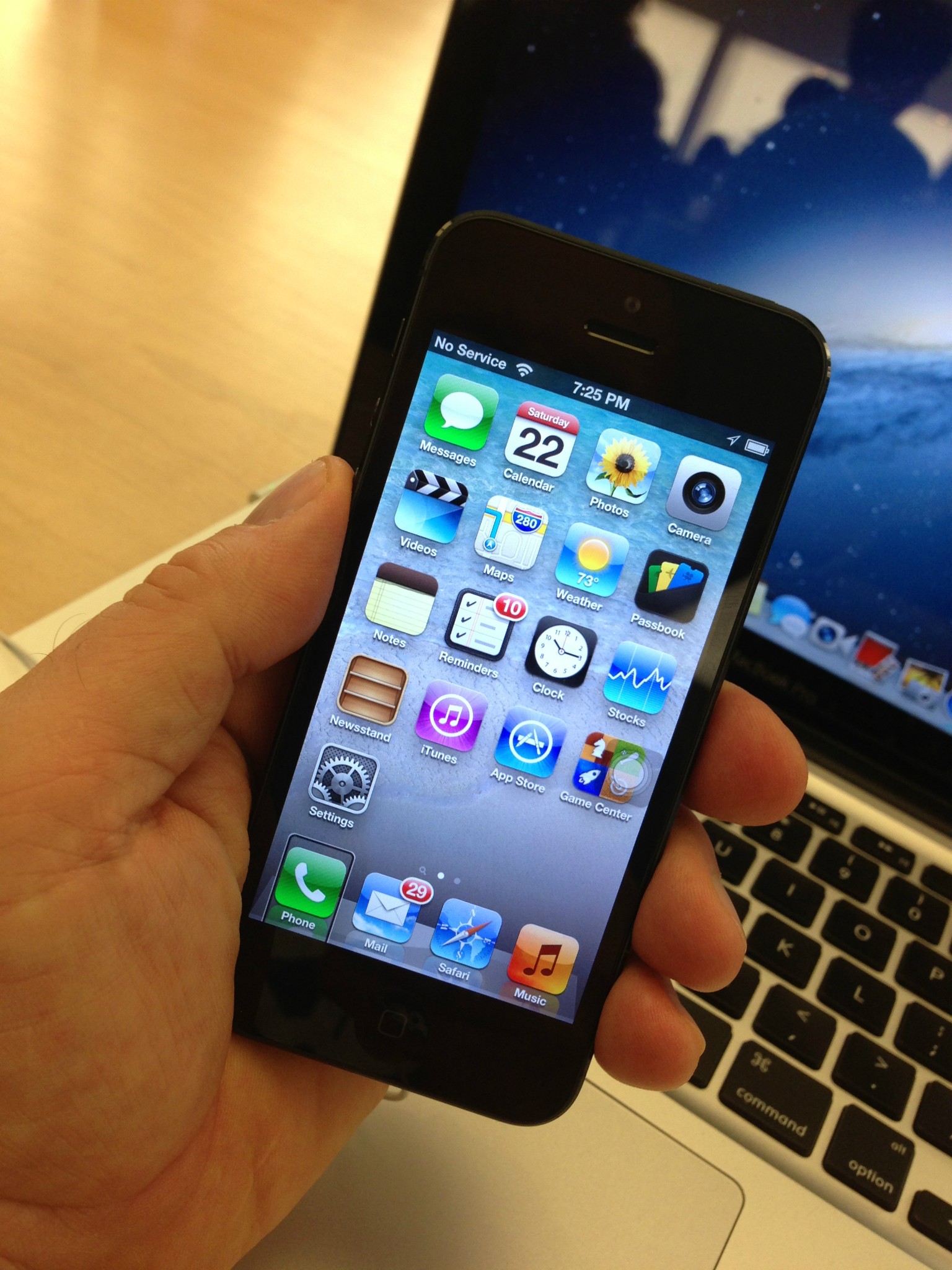
Apple holds on to U.S. Smartphone subscriber lead
In the highly saturated U.S. smartphone market, Apple's dominance grew, while iPhone nipped upwards towards Android, for the three months ended in January, according to comScore. The analyst firm, unlike most of its competitors, measures actual subscriber share rather than number of units shipped. Like Gartner's counting actual sales, comScore gives a clearer view of real-world dynamics.
During iPhone 5's first full three months of sales, Apple's share reached 37.8 percent -- up from 36.3 percent in December and 34.3 percent in October. By comparison, second-place Samsung nudged up to 21.4 percent share, from 21 percent sequentially and 19.5 percent for the same three months. HTC, Motorola and LG followed, with respective shares of 9.7 percent, 8.6 percent and 7 percent. All three lost share from December, with LG up ever-so slightly from October. Motorola's loses strongly suggest that at Verizon, carrier with the highly-visible Droid line of smartphones, subscribers shift allegiance to other brands. Good thing Moto has a new evangelist.
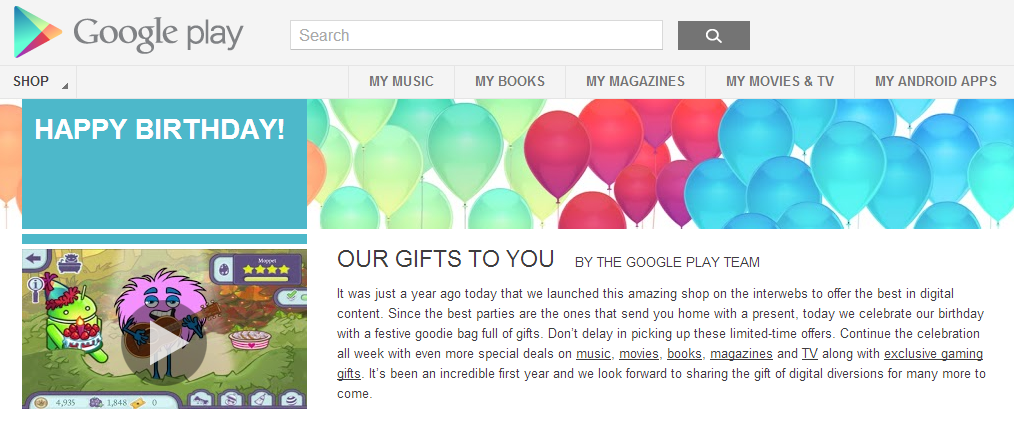
Google celebrates Play store anniversary with special deals
It is the one year anniversary of Google Play store -- or at least the renaming of the Android market. Google loves to celebrate these kinds of occasions with a sale. This one is no exception, as the company has kicked off with deals on music, books, magazines, videos and, of course, apps.
Jamie Rosenberg, the vice president of Digital Content at Google Play announced the deals today, saying that "since no birthday is complete without presents, we’re celebrating with a bunch of special offers across the store on songs, TV shows, movies and books. We’re even offering a collection of games with some fun birthday surprises created by developers".
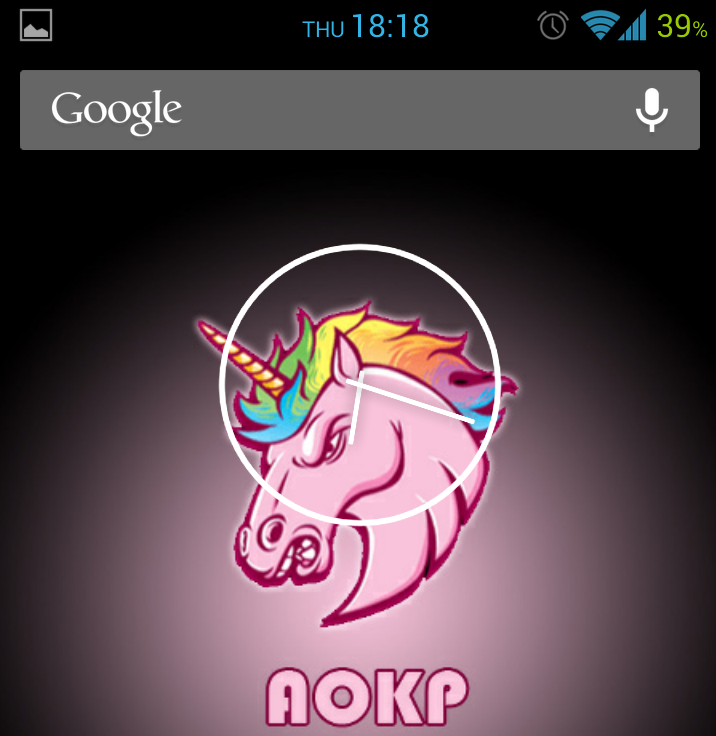
AOKP Jelly Bean MR1 Build 5 is available
Pink does really make a difference. To most people a unicorn is just an imaginary creature from children's books but add the color pink into the equation and Android enthusiasts rejoice about AOKP, one of the most popular custom Android distributions. The team behind Android Open Kang Project has released a new build, a week after the last one, sporting bug fixes, new features and support for more devices.
The AOKP developers have fixed "a really nasty memory leak" which caused the popular custom Android distribution to randomly reboot. A side-effect of squashing the bug is increased speed in navigating the lockscreen. Jelly Bean MR1 Build 5 introduces support for six new devices, for a total of 28 as of the latest release.

Jelly Bean and Ice Cream Sandwich: Gingerbread, you are toast!
Just as I predicted in early-February, combined, the new sweets on the block -- Jelly Bean and Ice Cream Sandwich -- surpassed the mighty Gingerbread in the Android distribution charts for early-March. Based on the number of devices accessing Google Play during the 14 days ending March 4, Gingerbread is still the most popular green droid iteration.
Almost four months after Google released Android 4.2, the latest treat in the candy jar has reached a 1.6 percent distribution level. The second Jelly Bean iteration continues to grow, if only slightly, by another 0.2 percentage points from 1.4 percent distribution level in early-February. The difference translates into a 14.28 percent increase over the course of a single month.

Microsoft beefs up Windows Azure with Android support in Mobile Services
On Tuesday, Microsoft detailed another update addressed to Windows Azure, the software giant's cloud platform, aimed at fending off the attack from Amazon S3, Google Cloud Platform and other major competitors. One of the most noteworthy new features is support for developing native Android Apps in Windows Azure Mobile Services.
Microsoft has released the Android Client SDK (Software Development Kit) through GitHub, under the Apache 2.0 license. Windows Azure Mobile Services also features support for Android push notifications, which can be enabled by registering for Google Cloud Messaging, getting the API key and pasting it in the corresponding "Push" tab.
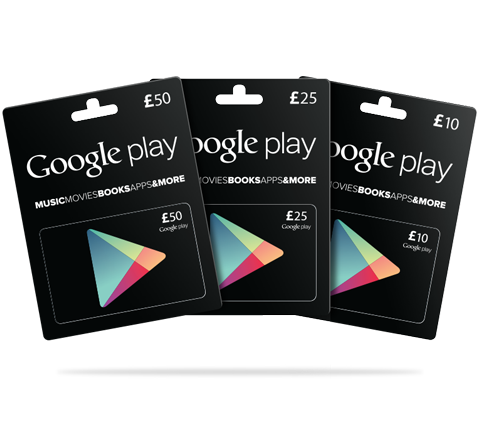
Google Play gift cards now available in UK supermarkets
Apple has offered its iTunes gift cards through various UK high street retailers and supermarkets for years now. It’s taken a long while, but Google is finally following suit.
Google Play gift cards, in £10, £25 and £50 denominations will be available from today in Tesco and Morrisons stores. The roll out is happening slowly so they might take a few weeks to reach every location.

Life in the Windows Phone 8 shanty town
Switching from Android to Windows Phone 8 seems just about the worst decision that I have ever made in my entire tech life. It's sort of like trading a boring but solid marriage for a great one-night stand that has turned into a bad relationship not much further down the road. Granted, it all boils down to personal preference but right now I'd much rather have a spouse that I can rely on (Android) rather than someone that I can't stand anymore (Windows Phone 8).
Windows Phone 8 is all about trying to silence every voice in my head that says "You miss Android" and replace it with the "I can make it work if I try hard enough" broken record instead. Hope and blind faith is what keeps me going as I place my trust in Microsoft and developers to improve upon the operating system and its ecosystem in an update or app that never seems to come. Sadly, this mindset has failure written all over it. And I've reached the boiling point as every day there has to be something off with the Windows Phone 8 endeavor that makes me think "Why did I buy the HTC Windows Phone 8X in the first place?"
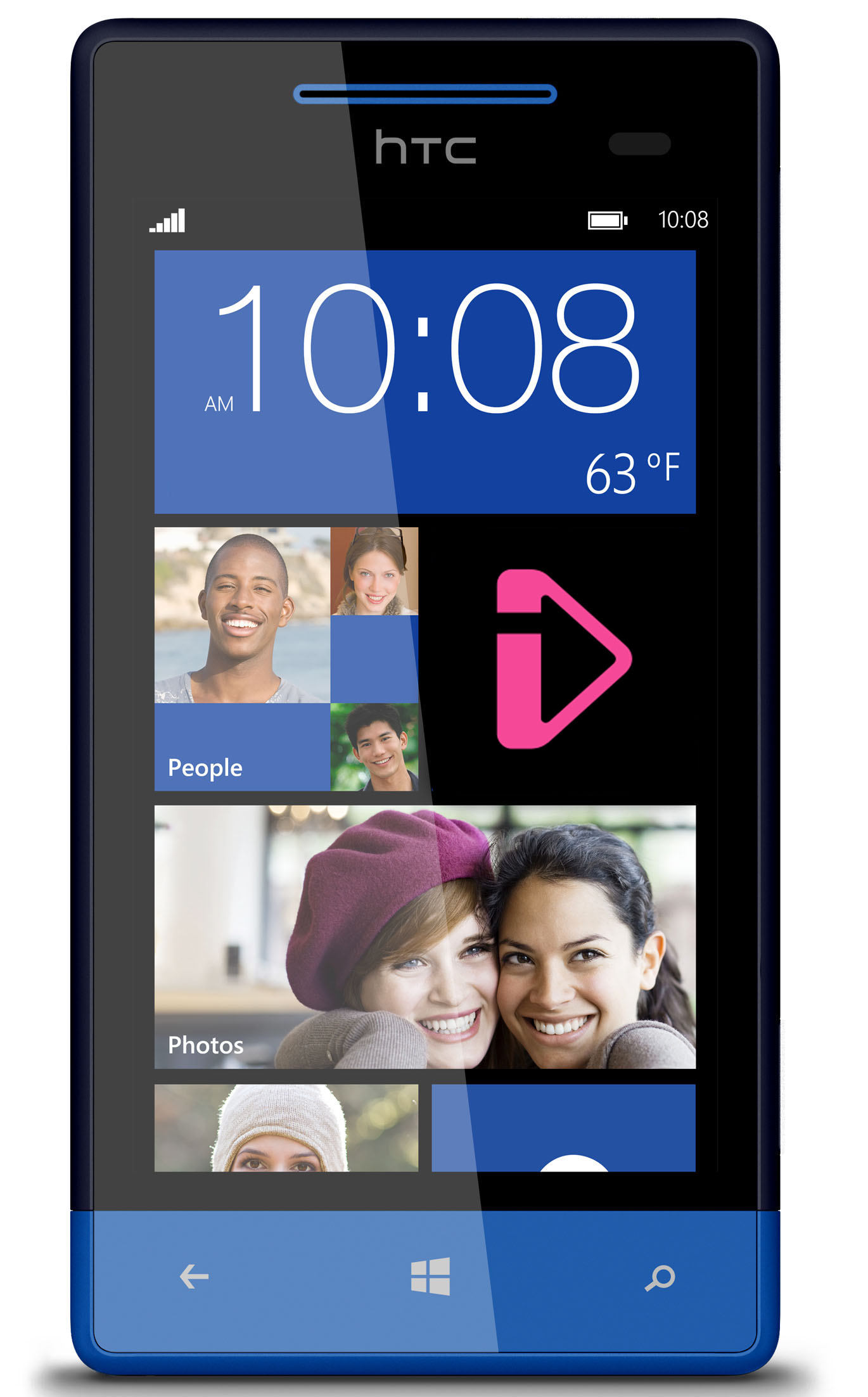
BBC bringing iPlayer to Windows Phone 'soon'
The BBC’s excellent on-demand and catchup TV service iPlayer is available for both iOS and Android devices, although owners of phones and tablets running Google’s mobile OS remain slightly short-changed when it comes to features compared to their Apple OS counterparts.
Windows Phone users must feel perpetually short-changed at the moment I’m sure, but they too will soon be able to get iPlayer. There’s just one catch. Instead of releasing a dedicated app for Microsoft’s mobile OS, the BBC will be rolling out a shortcut application that will give users with a Windows Phone 7.5 or Windows Phone 8 handset access to the BBC iPlayer website via a live tile. According to Cyrus Saihan, Head of Business Development, BBC Future Media, "This shortcut will wrap the BBC iPlayer mobile website together with our media player.

Verizon Samsung Galaxy Nexus, meet Android 4.2.2 Jelly Bean
Little less than a week ago, after replying to tweets from disgruntled users, Verizon revealed that the Galaxy Nexus will "soon" receive a software update. The big red did not provide any specifics and, judging by its past track record, "soon" means "months down the road" as updates usually roll out with the speed of a snail cruising down the highway in rush-hour traffic.
But great news! Well, sort of. Less than a month after Google rolled out Android 4.2.2 Jelly Bean for the other Nexus devices, the Verizon-branded Galaxy Nexus has also received the latest iteration of the green droid operating system albeit via an OTA (Over-The-Air) update file. The OTA update was uncovered by enthusiasts, but comes straight from Google's servers which means that it might hit all devices "soon" (as Verizon likes to say).
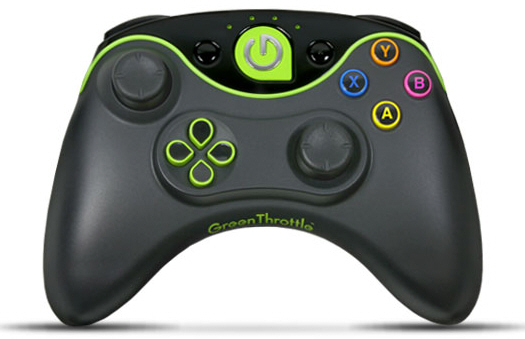
Green Throttle turns the Kindle Fire HD into a games console, Samsung Galaxy S III next
This year is certainly going to be a big one for games consoles, with a new PlayStation and a new Xbox (rumored) to be arriving before Christmas. But it’s Android-based gaming systems that’s the big trend at the moment, with the likes of OUYA and GameStick grabbing their fair share of the headlines.
Green Throttle is another Android games system, but it’s one that doesn’t require you to make space for a dedicated console under the TV. Instead you just need to buy one or more Green Throttle Atlas controllers, download the free Green Throttle Arena app from the Amazon Appstore, and hook up your Android tablet to a TV using a micro HDMI cable.
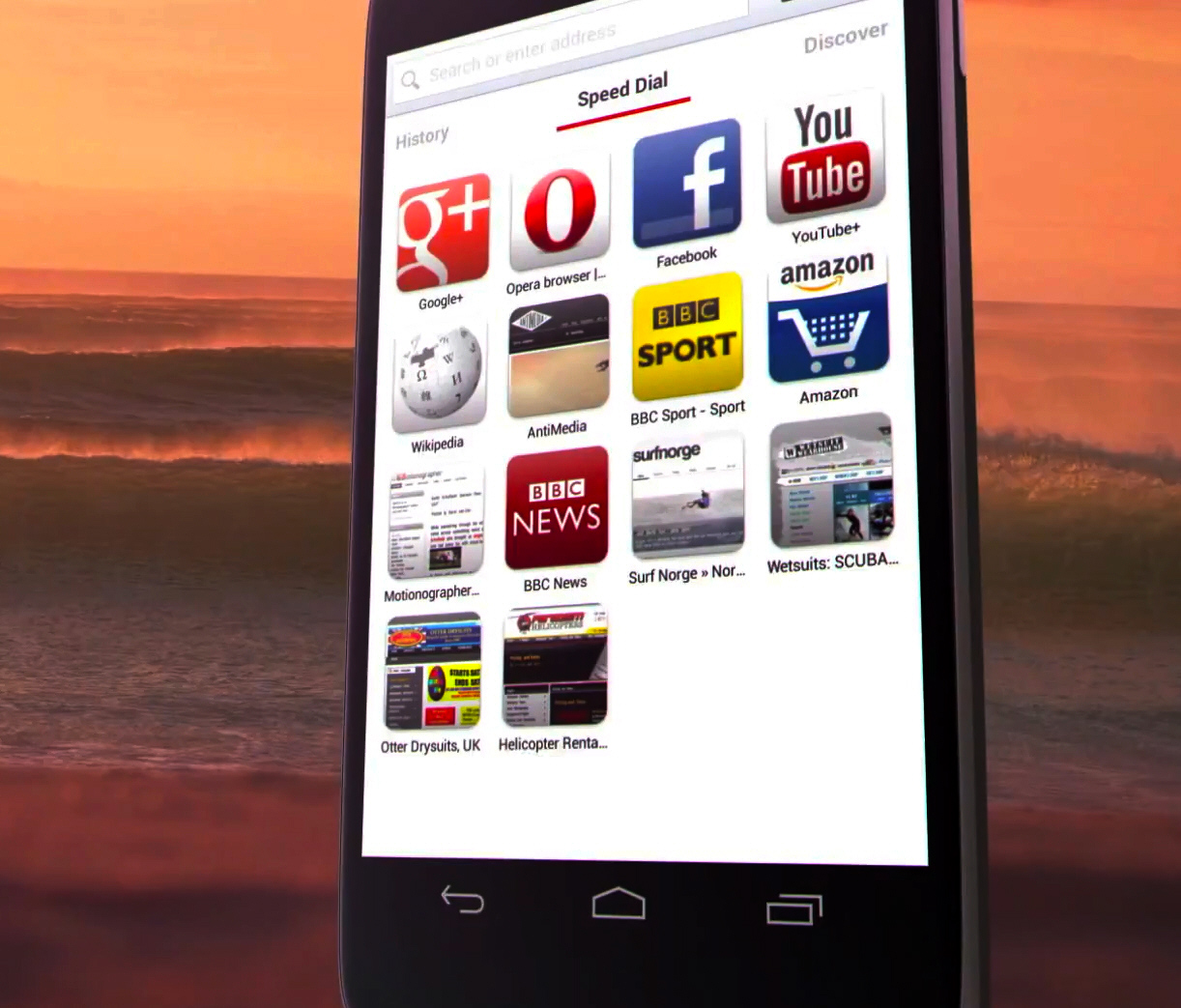
Opera launches WebKit-based browser beta for Android
Three weeks ago, Norwegian browser maker Opera Software announced a major change in the company's philosophy, moving from the in-house Presto rendering engine to the open-source WebKit for all future Opera releases. The transition will be gradual but on Tuesday Opera took the first steps towards a Presto-free era.
The developer demoed a preview version at Mobile World Congress (MWC) in Barcelona in late-February, and days after the convention finished Opera browser beta (not a very catchy name) made its way onto Google Play rocking that shiny WebKit engine. Judging by initial user feedback, the company appears to have hit a home run, as the app now has more than 190 five-star ratings out of a total of 275 and an average mark of 4.5. Not bad for an early-development build.
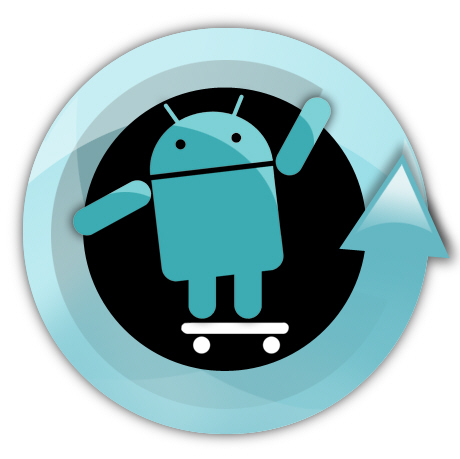
CyanogenMod 10.1 M2 -- second monthly release -- is available
We've had to wait a tad longer than expected, but it's finally here. The team behind the popular custom Android distribution CyanogenMod unveiled the second monthly release based on Android 4.2 Jelly Bean, more than a month after the last build.
Like it usually happens with monthly builds, with CyanogenMod 10.1 M2 the focus is on stability improvements rather than introducing numerous new features that have yet to pass rigorous testing. As a result some of the latest features found in nightly builds may be left behind for future monthly releases in order to provide a custom Android distribution suited for daily-driver use.
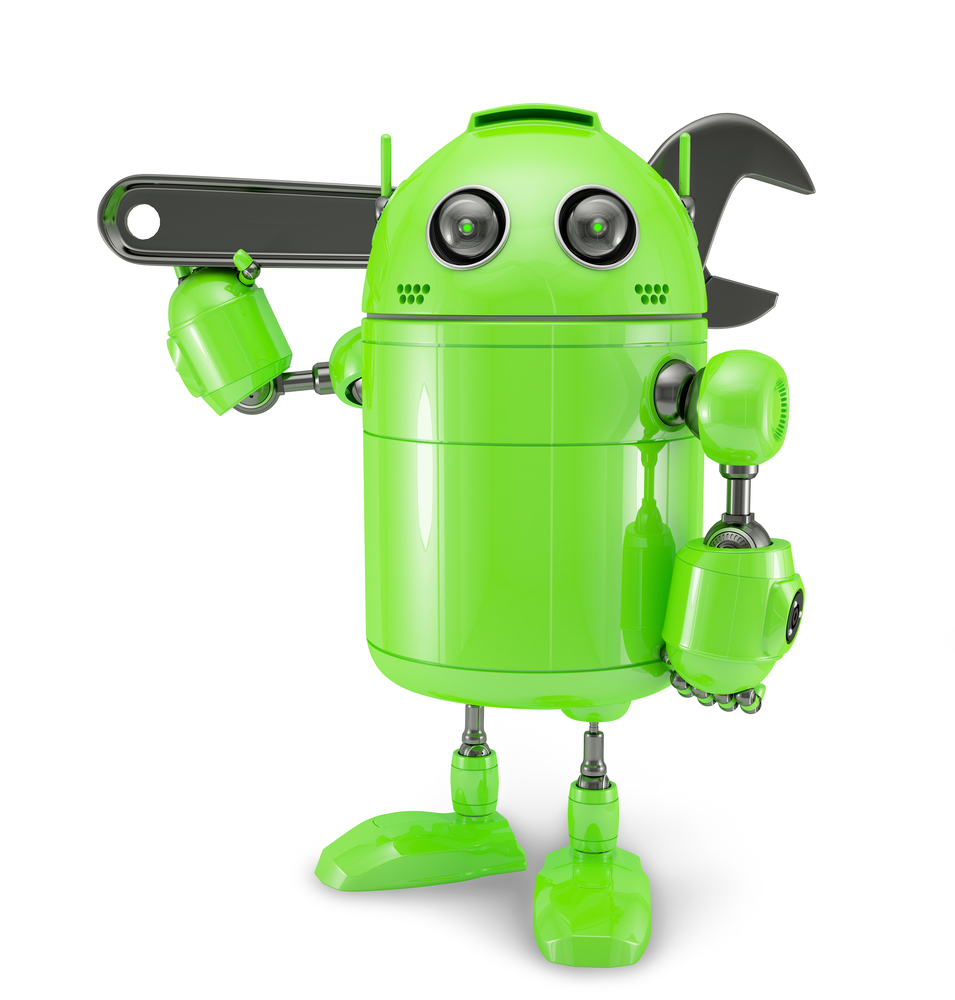
Team Win Recovery Project releases TWRP 2.4.3.0
Little less than a week after the last build, Team Win Recovery Project has released a new version of the popular custom Android recovery TWRP. The newest iteration features a number of bug fixes and general improvements.
TWRP 2.4.3.0 touts fixing the persistence of the 24 hour time setting, which was introduced alongside TWRP 2.4.2.0, the loading of the screen timeout setting during start-up, the file selector crash (which is attributed to the multi-threaded design of TWRP), as well as two bugs related to restores. For users who have encountered issues with restoring backups, the functionality should work as intended with the latest version.
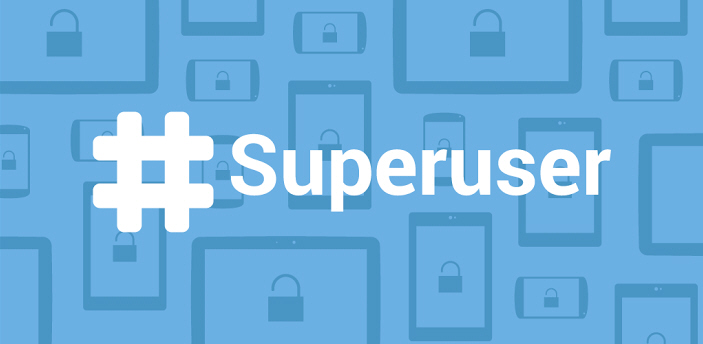
Official Superuser app available for rooted Android devices
Koushik Dutta, the developer behind Android apps like Carbon, ROM Manager and the popular ClockworkMod custom recovery, has released a new open-source root access management app called Superuser.
Explaining the reason for making it open-source, Dutta says that in his opinion a root access management app should be open to "independent security analysis" and that "obscurity (closed source) is not security". He also places a great deal of value on making the app "AOSP buildable" so that developers can include it in custom Android distributions.
